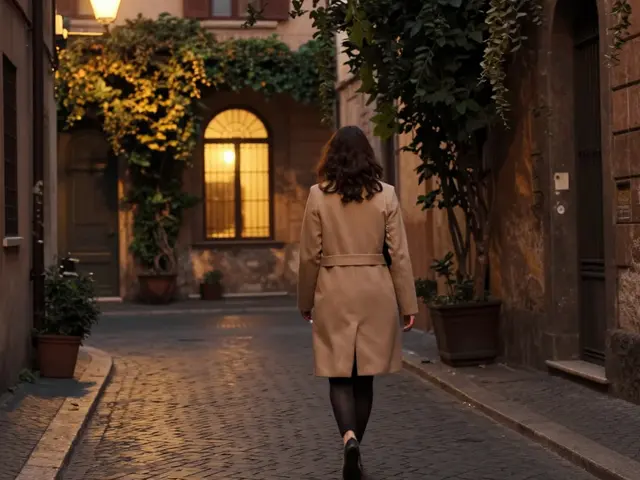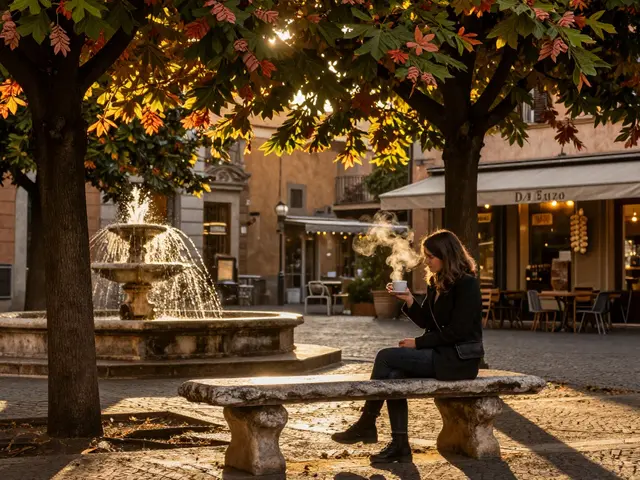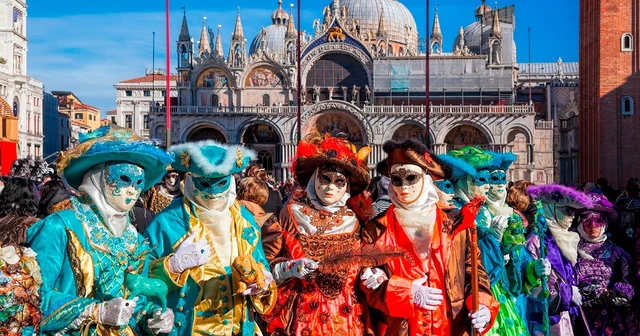Martina Smeraldi isn’t just another name in Rome’s social scene-she’s a presence. You see her at rooftop bars in Trastevere, at gallery openings in Monti, or walking her dog near Piazza Navona. She doesn’t chase attention, but it follows her anyway. That’s how it works when you move through the city with quiet confidence, sharp taste, and a history that’s woven into Rome’s modern identity.
Where It All Started
Martina was born and raised in Rome, not in a palace or a celebrity family, but in a quiet apartment near Monte Mario. Her parents were teachers. She studied literature at Sapienza University, loved poetry, and spent weekends sketching in the Borghese Gardens. She never planned to be in the spotlight. But in her early twenties, she started posting photos from local art shows and underground music gigs on Instagram. Not the kind with filters and poses-just real moments: a jazz trio playing in a basement, steam rising from a cappuccino at a corner café, the way light hit the Colosseum at dusk.
People noticed. Not because she looked like a model, but because she made Rome feel alive. Her feed became a quiet guidebook for those who wanted to see the city beyond the tourist traps. By 2020, she had over 150,000 followers. Brands started reaching out. She turned them all down. Instead, she collaborated with local artisans, independent bookshops, and small wineries in the Alban Hills. She didn’t sell products. She sold authenticity.
The Roman Scene She Helped Shape
Rome’s nightlife used to be split: tourists in the Spanish Steps area, locals in the periphery. Martina changed that. She didn’t open a club. She didn’t host a party. She simply showed up-regularly, quietly, and with intention-at places that mattered to real Romans. She was at Il Goccetto on Friday nights, sipping natural wine with musicians and writers. She showed up at La Cucina di Nonna Rosa for their weekly poetry readings. She became a fixture at Bar del Cappuccino, where the barista knew her order before she spoke.
These weren’t random spots. They were the kind of places that had survived because people cared. And Martina didn’t just visit them-she defended them. When a developer tried to turn a historic bookstore into a luxury boutique, she started a petition. It got signed by 12,000 people. The store stayed open.
Her influence wasn’t loud. It was cumulative. A new generation of Romans started seeing their city differently-not as a museum, but as a living, breathing place worth protecting. She didn’t lead movements. She just lived the values they stood for.
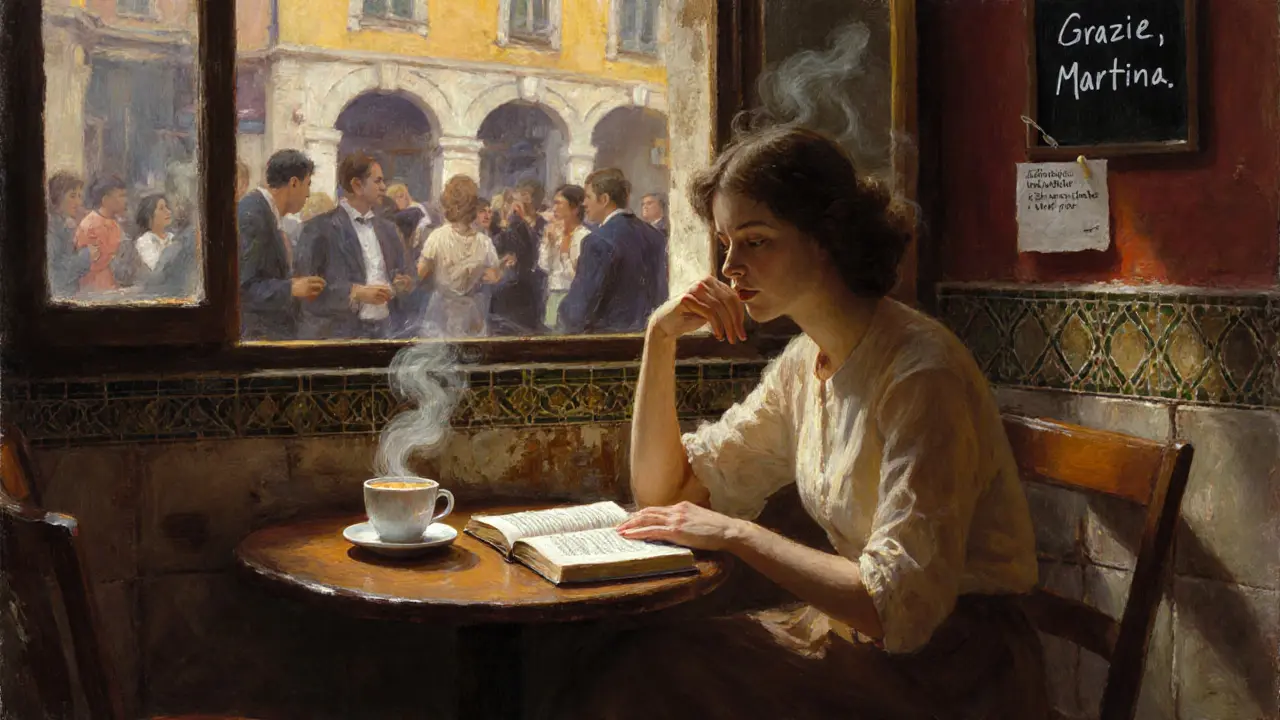
Her Public Persona vs. Private Life
There’s a myth that Martina Smeraldi is a socialite. She isn’t. She doesn’t attend red carpets. She doesn’t do interviews. She rarely posts selfies. Her Instagram hasn’t had a sponsored post since 2019. She turned down offers from Vogue, Harper’s Bazaar, and even a Netflix docu-series about "Rome’s Most Interesting Women."
Her friends say she’s happiest when she’s alone with a book in the Villa Borghese or helping her neighbor fix a leaky faucet. She still works part-time at a small publishing house, editing poetry collections. She doesn’t earn much, but she doesn’t need to. She owns a modest apartment near the Aventine Hill. She rides a bike. She shops at the weekly market in Testaccio.
That’s what makes her powerful. She has the visibility of a celebrity but the life of a regular person. And in a city where image is everything, that’s radical.
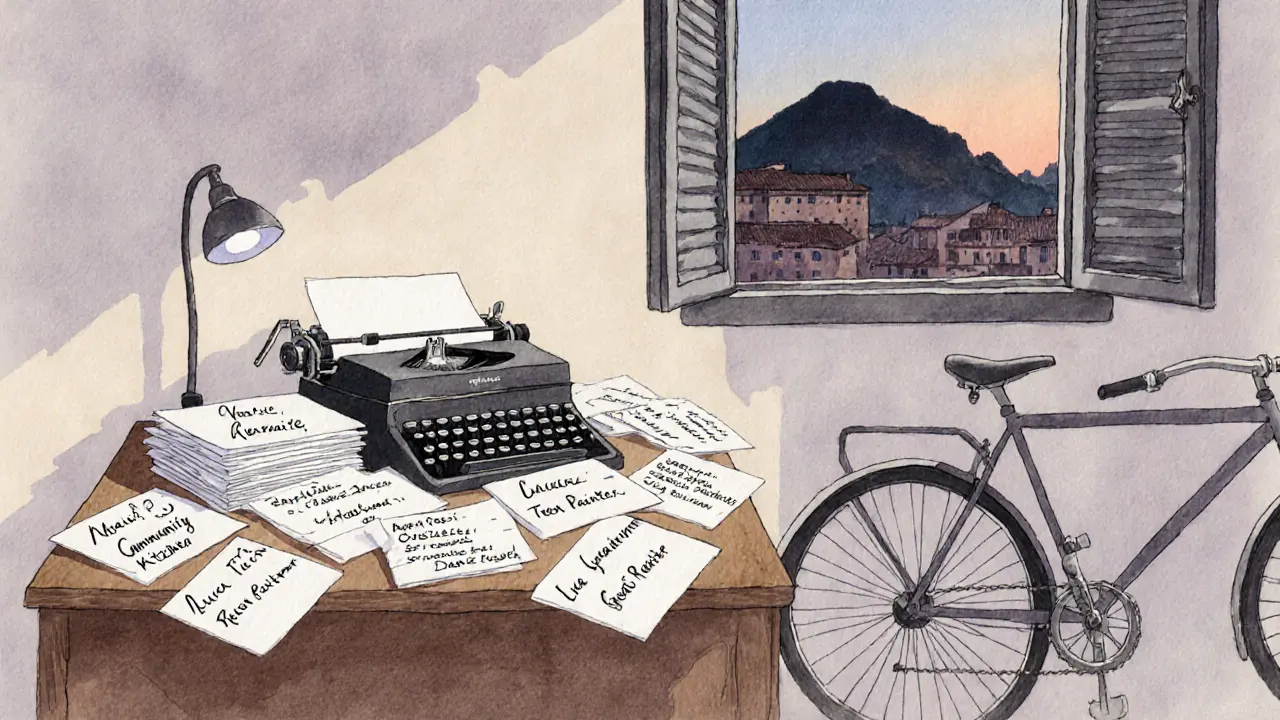
Why She Matters Now
In 2025, Rome is changing fast. Airbnb rentals have pushed out long-term residents. Rent prices have doubled in five years. Young people are leaving. The city feels more like a theme park than a home.
Martina Smeraldi represents something else: the possibility of staying. Of choosing depth over dazzle. Of building a life rooted in community, not clout. She’s proof you don’t need to be rich, loud, or viral to matter. You just need to show up-consistently, honestly, and with care.
She’s not a role model in the traditional sense. She doesn’t give advice. She doesn’t post motivational quotes. But if you want to know how to live well in Rome, you watch her. You notice how she greets the old man who sells chestnuts near Santa Maria in Trastevere. How she remembers the names of the baristas at five different cafés. How she never rushes.
What Comes Next
Martina is working on a book. Not a memoir. Not a guide. A collection of letters-written to strangers who’ve told her their stories. A woman who lost her job and started a community kitchen. A teenager who learned to paint after her father died. A retired teacher who still reads Dante aloud in the park every Sunday.
It’s called Letters from the Streets of Rome. It’s due out in early 2026. No marketing campaign. No tour. Just a small print run, sold in independent bookshops across the city.
She’s not trying to be famous. She’s trying to be remembered-not for what she did, but for how she made people feel. And in a city full of noise, that’s the rarest thing of all.
Who is Martina Smeraldi?
Martina Smeraldi is a quiet cultural figure in Rome known for her deep connection to the city’s local communities, independent businesses, and artistic scene. She’s not a celebrity in the traditional sense-she doesn’t seek media attention or endorse products-but her influence comes from consistently showing up at authentic Roman spaces, supporting small businesses, and living a life rooted in presence rather than performance.
Is Martina Smeraldi an escort or part of the adult industry?
No, Martina Smeraldi is not associated with the escort or adult industry. She is a cultural figure tied to Rome’s literary, artistic, and community-driven scenes. Her public presence is defined by her support for independent bookshops, local cafés, and grassroots art events-not by any form of commercialized nightlife or adult entertainment. Any association with those industries is inaccurate and misleading.
Why is Martina Smeraldi so popular in Rome?
She’s popular because she represents something real in a city full of performative glamour. While many chase viral fame, she quietly supports local businesses, defends historic spaces from over-tourism, and lives modestly despite her visibility. People admire her not for what she has, but for how she chooses to live-with integrity, patience, and deep care for her city.
Does Martina Smeraldi have a social media presence?
Yes, she has an Instagram account with over 150,000 followers, but it’s not curated for likes. Her feed features candid moments from Roman life-street musicians, handwritten poetry, morning light on ancient walls. She hasn’t posted a sponsored ad since 2019 and rarely shares personal details. Her following grew because people trust her vision of Rome, not because she’s trying to sell anything.
What is Martina Smeraldi working on now?
She’s finishing a book titled Letters from the Streets of Rome, a collection of handwritten letters from ordinary people she’s met over the years-teachers, shopkeepers, artists, and grieving families. The book will be published in early 2026 in a small print run, available only in independent bookshops across Rome. There will be no online sales or promotional tour.





